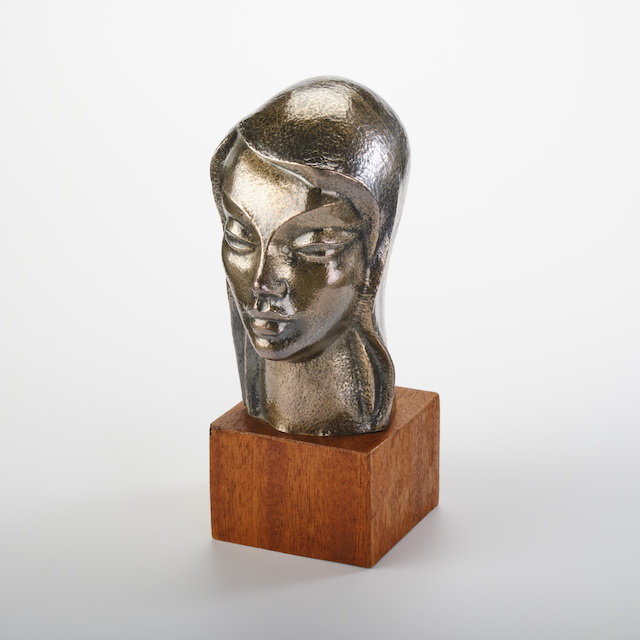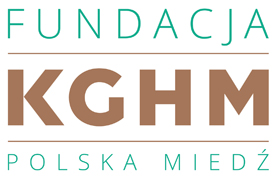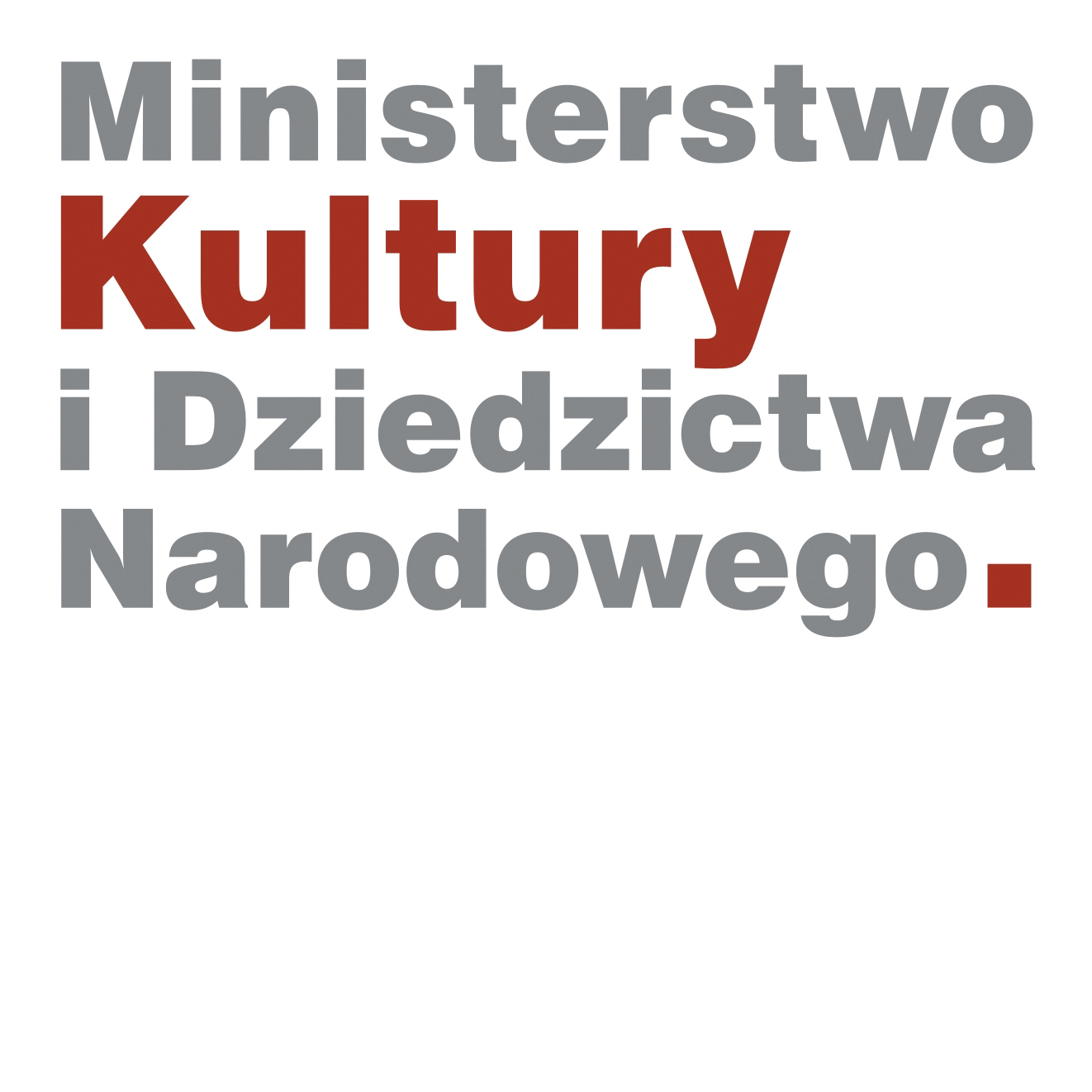Hand Made
HAND MADE. Polish silversmithery art (1945-1979)
This is another exposition presenting the roots of contemporary silversmithery art on the basis of private collections, in this case the collection of Maria Magdalena Kwiatkiewicz, as well as the resources of the Silversmithery Art Museum in Kazimierz Dolny and the Copper Museum in Legnica. The exhibition prepared on the occasion of the 40thanniversary of the first edition of the National Review of Silver Art Forms SILVER reveals as yet little known, as for a short time interval, period of breakthrough that took place in this area after the Second World War. The exhibition is complemented with posters relating to the artists’ work, bringing the unique atmosphere of that time closer.
%20Imago%20Artis_BROSZKA%20z%20kolekcji%20M.%20Kwiatkiewicz.jpg)
Imago Artis
%20W%C5%81ADYS%C5%81AW%20SOWICKI_broszka%20z%20kolekcji%20M.%20Kwiatkiewicz.jpg)
Władysław Sowicki
The state-owned JubilerJewellery Factory Unit was founded (later transformed into WARMETin 1965)in the post-war period.Silversmithery cooperatives with individual profiles began to operate, i.e. the famous ORNO, Imago Artis, Rytosztuka, Metaloplastyka or Juwelia.The Bureau of Production Aesthetics Supervision (BPAS) and Folk and Artistic Industry Unit (FAIU), i.e. the popular Cepelia, programmatically combining professional and folk art, took care of the design.A small group of the following masters from Warsaw survived the war and continued their work: Józef Fajngold, Henryk Grunwald, Stefan Chojnacki and Mamert Celmiński. Soon, other outstanding artists starting their careers joined the group, i.e. Jadwiga and Jerzy Zaremski, the artists of original, massive works forged in silver, and pioneers of a new approach to jewellery.
%20JADWIGA%20I%20JERZY%20ZAREMSCY_NASZYJNIK%20z%20kolekcji%20M.%20Kwietkiewicz.jpg)
Jadwiga i Jerzy Zaremscy

Józef Fajngold
Rationed silver (2 kg per year), copper and brass, also used to create larger objects, were the materials used to make jewellery in the 1940s and 1950s. The use of gold, which was associated with war and the bourgeoisie, i.e. the enemy, was banned. However, it was not metal which became important in post-war jewellery, but the idea which added value to the work. Stuck in tradition in terms of workmanship, silversmithery art was building its autonomy through connections with contemporary art and searching for object art, putting utilitarianism in the background.
In the further years, fascination with modernity, including the attempts to conquer space, techniques and technology entering our lives, triggered off unknown imagination and had an influence on the appearance of new artistic creations. In the mid-1970s, it resulted in the emergence of avant-garde jewellery created by the UFO Group. The Group consisted of four fine artists, graduates of the Warsaw Academy of Fine Arts: Jacek Byczewski, Jacek Rochacki, Joachim Sokólski and Marcin Zaremski.
%20Broszka_mied%C5%BA%20z%20kolekcji%20M.%20Kwiatkiewicz.jpg)

Joachim Sokólski
%20Imago%20Artis_BROSZKA%20z%20kolekcji%20M.%20Kwiatkiewicz.jpg)
%20W%C5%81ADYS%C5%81AW%20SOWICKI_broszka%20z%20kolekcji%20M.%20Kwiatkiewicz.jpg)
%20JADWIGA%20I%20JERZY%20ZAREMSCY_NASZYJNIK%20z%20kolekcji%20M.%20Kwietkiewicz.jpg)

%20Broszka_mied%C5%BA%20z%20kolekcji%20M.%20Kwiatkiewicz.jpg)











